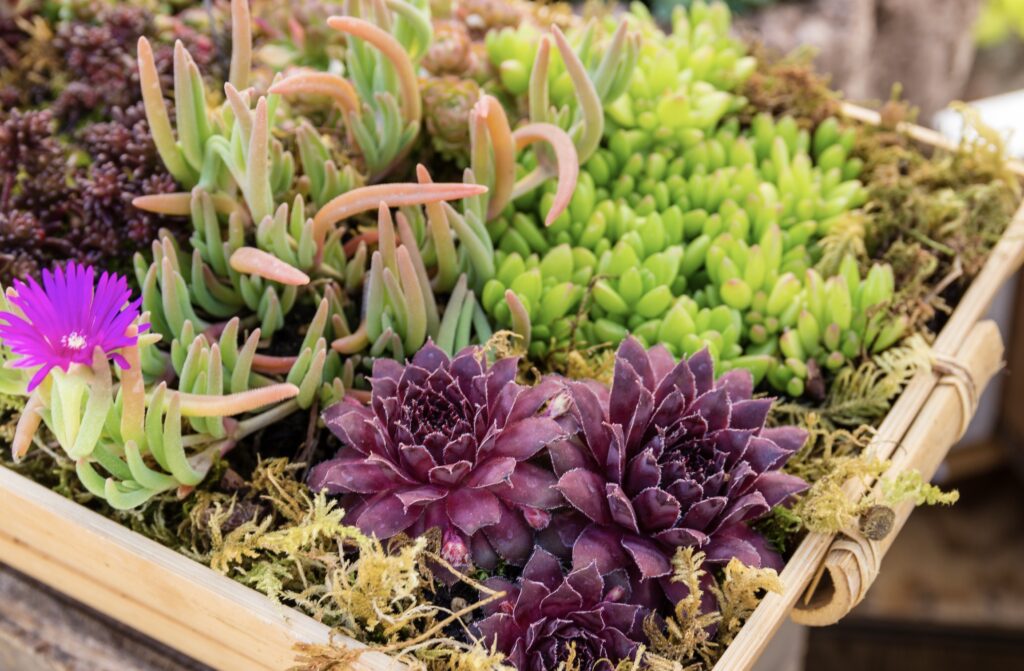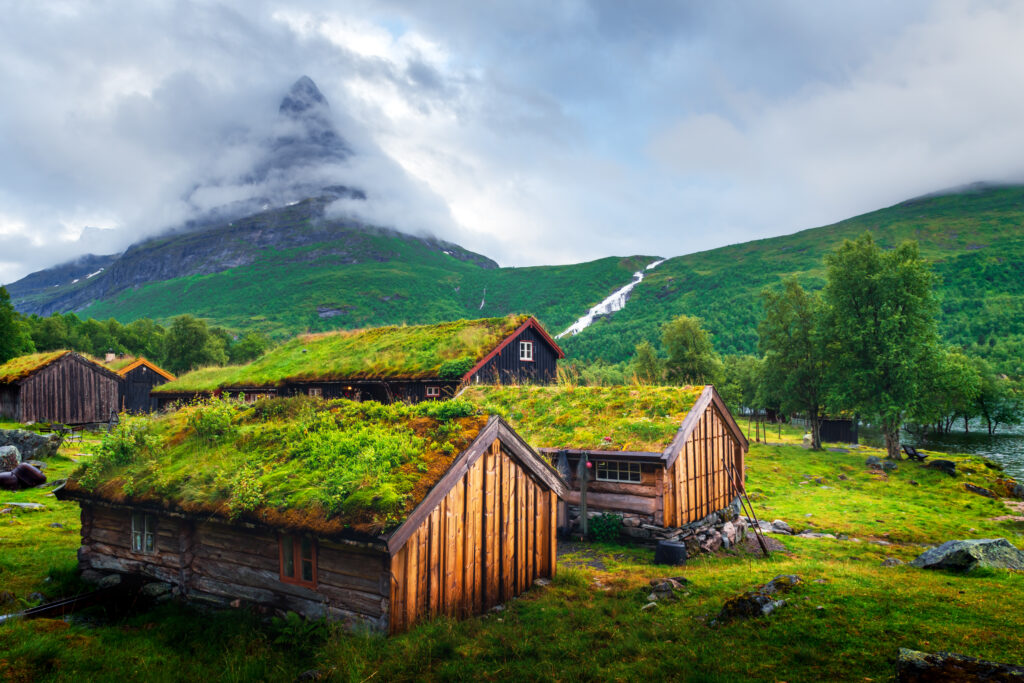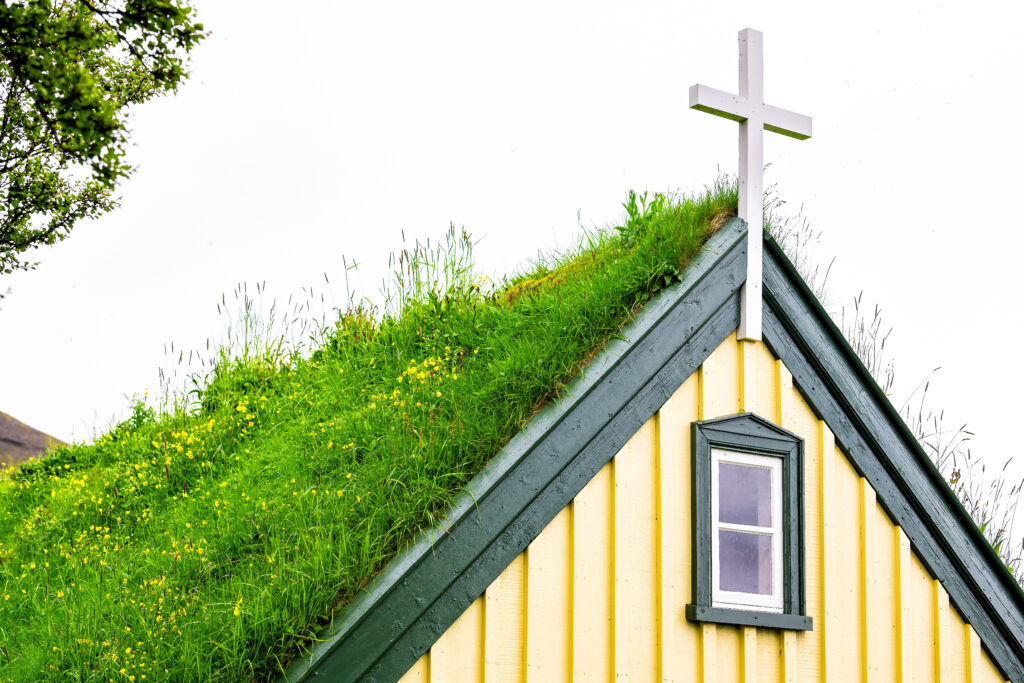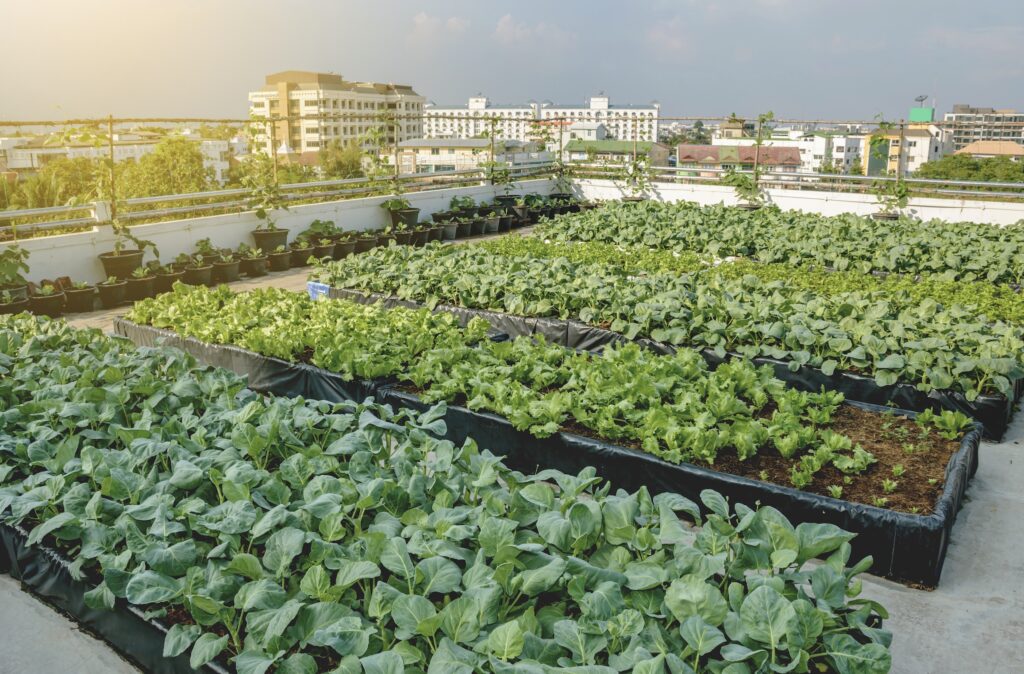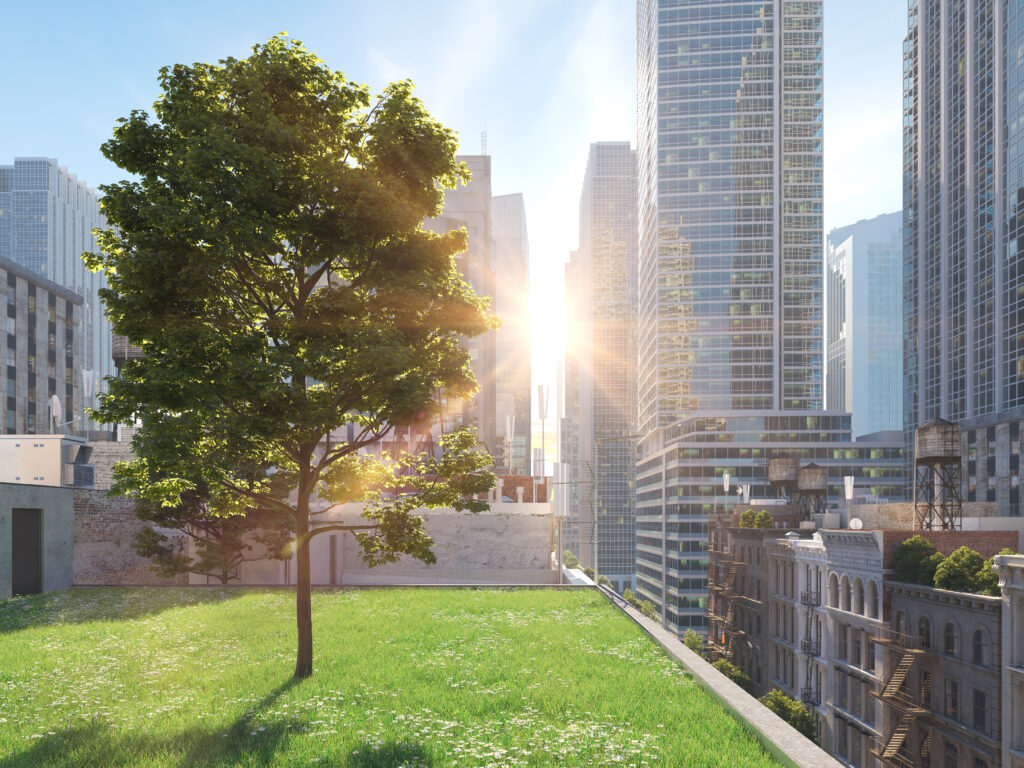The Perfect Plants for Green Roofs
Every green roof is unique. The depth of growing substrate–the soil, essentially–will vary from roof to roof. The irrigation system will be able to handle different amounts of water. And the roof itself will be able to handle different amounts of weight. But despite these differences, there are a few perfect plants that are both feasible and aesthetic for nearly every green roof.
Succulents
Succulents are the perfect plants for your green roof. They can grow in the even the thinnest substrate layer–as thin as 2 inches–making them an option for every green roof. They also come in a variety of shapes and colors, which will help build the aesthetic.
Succulents can withstand extreme hot and cold temperatures, and can also go through periods of drought and still make it out alive. However, while they are capable of surviving without water for some time, they will always do better with some form of regular irrigation. This may either be a formal irrigation system, or through you going to water them personally.
If you plan on doing your roof almost entirely with succulents, you should plant them at high density so that they properly shade the surface. This will maximize your energy saving potential.
Common types of succulents include sedums and houseleeks. When paired together, they create a remarkable contrast in leaf shape, color, and size.
Ideal Options: Echeveria Elegans, Orange Stonecrop, Tree Houseleek
Grasses
Grass for a green roof is not grass in the typical sense. Often, turfs found on green roofs are classified more as “grass-like plants”. The “grass” on roofs requires much less water–especially during the summer–than normal lawn grass might.
Grasses seed themselves, making the grass self-replenishing. This vastly facilitates your job as a gardener; just like with your lawn, you may only have to touch up on certain barren areas every once in awhile.
Grasses need slightly more growing depth in the substrate than succulents–often around 6 inches.
If you are set on having a Hobbiton look for your home and want a grassier roof, the best results are reportedly found when using grasses native to your environment. Native grasses allow your grass to be as successful as your sedums, with only a weekly watering plan during the most extreme droughts.
Ideal Options: Sea Thrift, Carex Nigra, Little Bluestem
Wildflowers
To add even more color or variability to your green roof, consider wildflowers.
Wildflowers need deeper soil than both succulents and grasses to really flourish, but they will add even brighter, more vibrant colors and life to your roof. Most wildflowers only need about 2 to 6 inches worth of soil.
Wildflowers should be used sparingly, as they are much taller than the other plants and will stand out more.
There are hundreds of different types of wildflowers, but for your low-maintenance green roof, it is best to seek out ones that can survive without the need of a constant supply of water. The only serious upkeep your living roof wildflowers will need is a clean trim in the fall.
Ideal Options: Aster, Yarrow, Birdsfoot Trefoil
Herbs
Herbs make up for their lack of color in utility and deliciousness. They may be planted in as little as 6 inches of substrate, and require about a bi-weekly watering. (Vegetables–tomato or zucchini plants–are also a good option here that share many of the same qualities as herbs; they require a soil depth of 12 inches, but otherwise require the same upkeep.)
Herbs fall under the annual and biennial plant category; they have a life cycle of one or two years. While this may seem like a short time for your green roof that should last you over 30 years, herbs can seed themselves and their children will continue to grow into the future.
Having herbs on your green roof transforms it from a beautiful exterior decorating choice into a small, functional garden, something the previous plants can’t offer.
Herbs used in most foods often grow in rocky locations. They’re used to changing weather conditions and an occasional lack of rainfall. This robustness makes them perfect–the last thing you want is to have to care for a living roof plant constantly.
It is best to cut your herbs after every growing season to keep them healthy, but it is not necessary for their growth.
Ideal Options: Oregano, Thyme, Chives
Shrubs
No matter whether your shrub is small or large, it is going to need a deeper substrate layer than any of the previous plants mentioned. So if you have a deeper substrate–about 10-20 inches–shrubs are an option.
Shrubs are an excellent option for more intensive green roofs. According to the Growing Green Guide, shrubs are the most common plant used on intensive green roofs because they provide “cover, display and habitat values”.
The Soil Science Society of America encourages that small shrubs be used in semi-intensive green roofs as they function as filters for stormwater and create little habitats for native wildlife. Larger shrubs, growing to be about 6-7 feet tall, will require an intensive green roof with a high load-bearing capacity (35-80 pounds per square foot). They’ll also need a permanent irrigation system and limited high wind exposure.
Their higher maintenance and expense are outweighed by the benefits; they provide cleaner air, more room for habitation, and reduce your home’s energy use.
Ideal Options: Cotoneaster Dammeri, Curry Plant, Melaleuca Incana
Trees
A redwood on your roof would be pretty amazing–although likely a hazard to airplanes. However, there is no roof support system in existence that could bear the weight of a 250-foot tall tree.
Instead, picture smaller trees, the tallest growing up to approximately 16 feet.
Small trees will need a very deep layer of substrate, exceeding 40 inches. These small trees will also require some pruning, trimming, and a permanent irrigation system in order to keep them healthy and thriving.
If they require so many amenities, why are small trees in our perfect plant list? Since they have the most intensive structure, they have the best benefits. According to the organization Green Roofs for Healthier Cities or GRHC, green roofs can increase energy efficiency, increase roofing membrane durability, reduce noise, resist fire, and limit electromagnetic radiation.
While they definitely will require intensive care and upkeep, they are the greenest option–and can help your herbal garden expand to include fruits as well.
Ideal Options: Lemon Tree, Blue Jacaranda, Bay Laurel
***
Having a combination these plants on your green roof will ensure that your home is not only helping you and your energy bill, but the planet as a whole.
References
http://www.growinggreenguide.org/technical-guide/design-and-planning/plant-selection/green-roofs/
https://www.enviromat.co.uk/blog/top-ten-green-roof-plants/
https://inhabitat.com/top-10-plants-for-a-living-roof/
https://garden.lovetoknow.com/best-plants-green-roof
https://www.soils.org/discover-soils/soils-in-the-city/green-roofs
https://greenroofs.org/about-green-roofs
https://pdfs.semanticscholar.org/b641/38498301ac8f20c7caac725c65c5cab7c852.pdf
